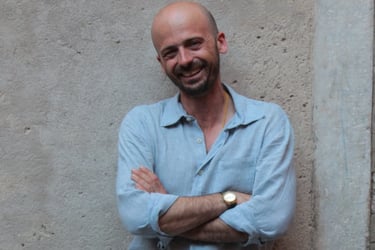The Sacred and the Sexual on Whatever Fanzine #3
The power of the images was to show God’s love and humanity, or better God's love for mankind. If sexuality in religious art was not taboo and had nothing frivolous, there had to be a reason
3/12/20166 min read
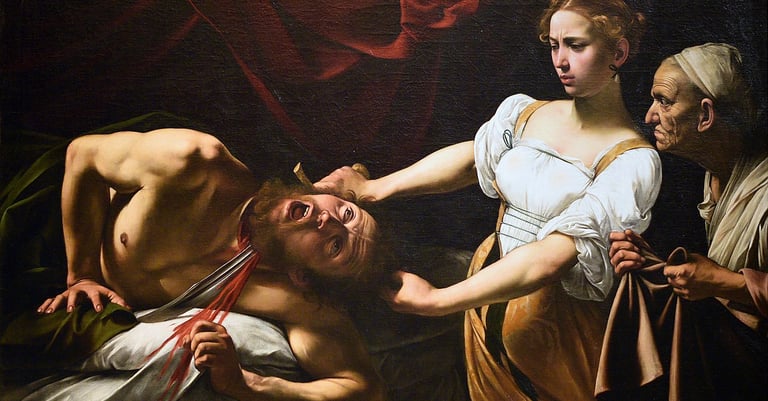

Our Western culture is comfortable with such an image, it is full of such images. In the Neoclassic period Napoleon had himself portrayed heroically nude by Antonio Canova as Mars the Peacemaker. This was a virtuous nude and did not convey vulnerability or embarrassment, on the contrary, it denoted strength and power.
As to female nudity, the message is clearly different; large breasts and curved bellies suggest fertility, procreation and abundance. With Praxiteles and his Venus of Cnidus, seduction was added, paving the way to the countless nymphs and sexy Venuses of ancient art, of which the Roman museums abound. Once again nothing new for the reader, if you think of the famous Venus de Milo at the Louvre or the Callipigia - literally, with a nice a…. - of Naples (Google it, a real playmate, wow).
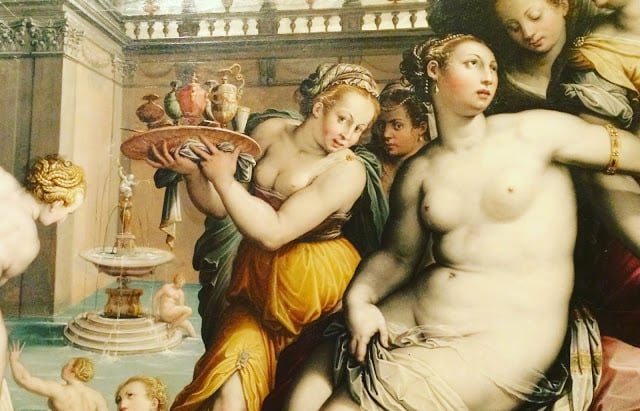

Rome is “amor”, Rome is art and art is undoubtedly “amor”, love, love for beauty. Strolling through the streets of downtown Rome literally means being surrounded by beauty. Streets, squares, churches, museums, sun, colors are an ode to beauty. The concept of beauty, theorized by the aesthetic philosophy in the 18th century, is a pillar of the classical Greek-Roman art and often shows sensuality and eroticism; just think of the various female and male nudes visible in the museums of the city, even in its sacred heart: the Vatican.
Even Renaissance adopts the representation of the "unveiled" Greek canon, both male and female. Michelangelo sculpts the ultra-nude David in Florence and depicts Adam naked in the Sistine Chapel ("the spark", the two fingers touching, yes, that one, you know it), and Raphael represents his woman, his wife, with uncovered breasts in a beautiful and sensual portrait known as "The Fornarina"…. So, tits, butts and genitals in abundance. It becomes normal to own and show works with sensual nudity that refer to famous biblical, mythological or literary stories, in a pseudo pornographic show ante-litteram, that is socially acceptable.
But, as the reader would rightly think, "religion is something else", paintings for people’s homes… Well I can see that, but in works of sacred art, no way. Nevertheless, sometimes, walking through museums and churches, passing by chapels and altars, - almost without realizing it, perhaps because unexpected - all sorts of sensual nudes, images of "scandalous" naked limbs and orgasmic faces jump out at us as we wander by. All of a sudden we stop dead in our tracks thinking "Hey wait, but, what did I see?".
Naked flesh of the Saints and corporal ecstasy, the breasts of a Madonna nursing the Holy Baby, and curiously often even the " little thing", let’s say the groin of the child Jesus unveiled! Yes, it is there, in front us, clear and evident, free from any constriction[1]. Mary points it out, sometimes touches it. How is it possible? Is this Christian art, is this the Roman Catholic Church? Wasn’t nakedness sinful, embarrassing? Eroticism and sexuality in churches, how is it possible?
Often, what may appear strange to us now, was quite common in the past. If art generally always reflects the culture, the thought and the society of the time that produced it, religious art does so even more, being never just a decoration but having always intrinsically a liturgical and theological value. Therefore, in Christian art sexuality has necessarily a religious value. These works of art may not be there by mere chance.
The sense of it, although almost sunk into oblivion for centuries, exists and is connected to the innermost part of Christian faith. How handsome you are, my beloved! Oh, how charming! And our bed is verdant ... his left arm is under my head, and his right arm embraces me. (1,16; 2,6) Your graceful legs are like jewels, the work of an artist’s hands. Your navel is a rounded goblet that never lacks blended wine. (7,2) These are quotes from the Song of Songs, attributed to Solomon, Old Testament. The Song of Songs does not see the body as just sexuality or a vague heavenly metaphor, but it recognizes the body as the symbol that combines history to eternity, flesh and spirit, eros and love, skin and feelings, man and God (...). The beauty of man is total, circular, it ignores the distinction between body and spirit, the proclamation of the resurrection of Christ is the celebration of full harmony ... I quote Gianfranco Ravasi, Cardinal of San Giorgio in Velabro, President of the Pontifical Council for Culture, a distinguished biblical scholar and a man of great culture[2]. Beauty, aesthetics and love, quite simply man is beauty as created in the image and likeness of God and out of love he became man in Jesus. Therefore, love and humanity.
One can be Christian-Catholic or not, but certainly what is unique about this religious belief is the dual nature of Jesus, or rather the union of those two natures, divine and human, achieved perfectly in Mary's womb (Council of Ephesus 431 AD). It was not easy to accept that Jesus might be – equally - divine and human at the same time and this is one of the major and most debated mysteries of Christianity.
On the threshold of the Renaissance the divine nature of Jesus was generally accepted in Europe: he is represented in mosaics and altarpieces as the triumphant on the throne or alive and most divine on the cross, without any suffering. What was more difficult for the European culture of the time was to accept his human nature, his mortality, the fact that he truly could have died on the cross, that he had really agonized. Hence, in the nudity of Jesus there could be no shame because his human condition is truthfully perfect, without sin. His genitalia do not convey anymore virility but humanity. Similarly, being nursed by his mother indicates the human need to be fed, to appease hunger.
Leo Steinberg, an art-historian who first wanted to address these issues in our modern times, argues that the evidence of this deliberate exposure or ostensive unveiling of the genitalia of the Christ Child serves as a pledge of God’s humanation[3].
This is the reason why paintings and sculptures lavished particular care in representing Mary and the nude Child, Mary nursing Him, the Deposition and the Pietà – that is the corpse of Jesus - or the Circumcision.
The importance of human flesh and sensuality are also to be found in sublime Baroque works, both in the ecstasy of Mary Magdalene, where the beautiful “Santa” oppressed by sin and in ecstatic contemplation often appears very seductive, sensual and somehow erotic[4], or in famous sculptures by Bernini such as Saint Teresa[5] and the blessed Ludovica Albertoni[6], still displayed in two Roman churches, where the saints are theatrically portrayed in mystical ecstasy.
The limbs, lips and the clothes convey a carnal passion, waving unbelievably between sacred mysticism and orgasmic indecency. A cynical French, Renan, visiting Rome, and observing Saint Teresa commented: "Si c'est cela l'extase mystique, je connais bien des femmes qui l'ont éprouvée”. Perhaps he understood everything, or maybe nothing ...
Eroticism is certainly present, but its essence is dramatically religious and spiritual, the artist wants to show the divine love, enormously more powerful than human love, exploding in the body almost consumed by a rapture of uncontrollable euphoria. Art had the mission to declare solemnly these religious movements. Flesh and genitals, blood and nudity were there to represent the true humanity of Jesus, the image of Christ the Man-God. The manifested feminine sensuality of mystic women, through the evidence of a physical passion, wanted to highlight the drama taking place in their hearts, in their souls. The power of the images was to show God’s love and humanity, or better God's love for mankind. If sexuality in religious art was not taboo and had nothing frivolous, there had to be a reason. And this is the reason.
[1] Among the most famous: Madonna and Child by Antoniazzo Romano, 1487, Palazzo Barberini, Rome
[2] Ki Tob: "Dio vide che era bello, Biblia, 1992
[3] The Sexuality of Christ in Renaissance Art and in Modern Oblivion, 1983
[4] For example a famous Mary Magdalene by Guido Cagnacci, 1625-27, Barberini Palace, Rome
[5] in the Church of Santa Maria della Vittoria, Cornaro Chapel
[6] in the Church of San Francesco a Ripa, Altieri Chapel
In Italiano su Isidora

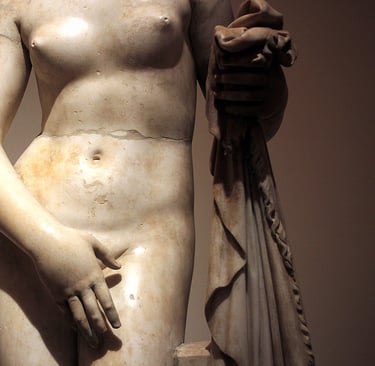
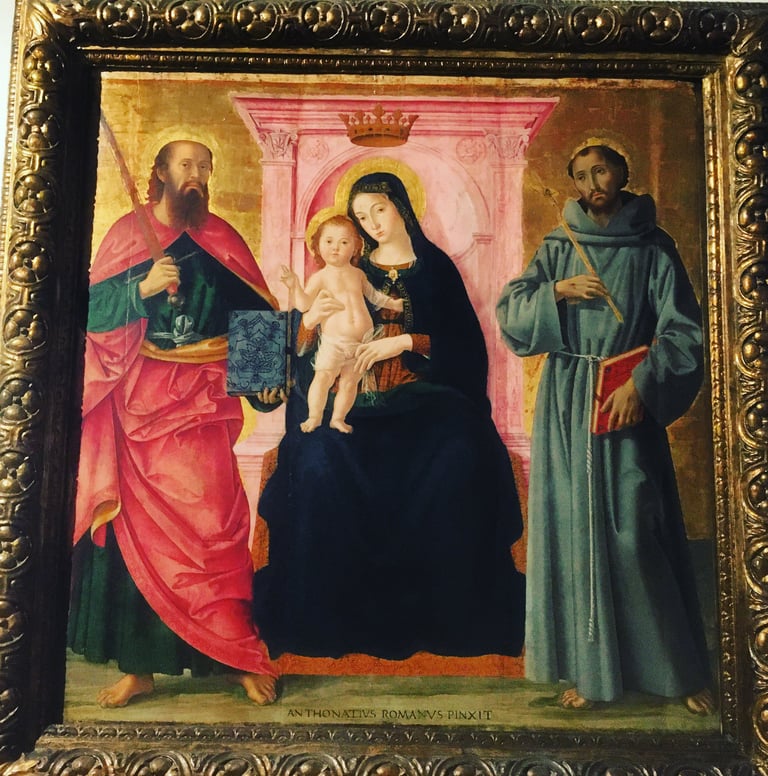



© 2025. All rights reserved.
Contacts
Or WhatsApp me:
